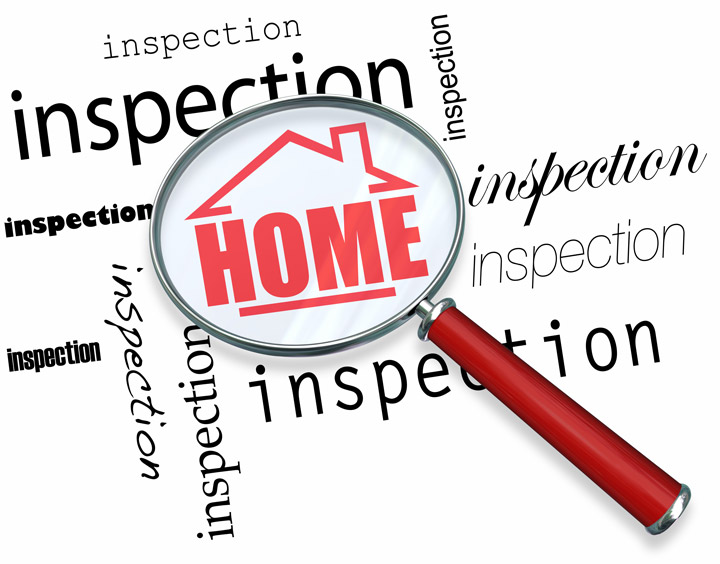
Comprehending AppraisalsTheir home's purchase can be the most significant investment most of us might ever make. It doesn't matter if where you raise your family, a seasonal vacation property or one of many rentals, purchasing real property is a complex financial transaction that requires multiple people working in concert to pull it all off. The majority of the participants are quite familiar. The real estate agent is the most known entity in the exchange. Next, the mortgage company provides the money required to finance the transaction. And ensuring all aspects of the transaction are completed and that the title is clear to pass from the seller to the purchaser is the title company. So, what party is responsible for making sure the value of the property is in line with the amount being paid? In comes the appraiser. We provide an unbiased estimate of what a buyer could expect to pay — or a seller receive — for a property, where both buyer and seller are informed parties. A licensed, certified, professional appraiser from John Goddard will ensure, you as an interested party, are informed. Appraisals begin with the inspectionOur first duty at John Goddard is to inspect the property to ascertain its true status. We must see features first hand, such as the number of bedrooms and bathrooms, the location, amenities, etc., to ensure they indeed are present and are in the condition a reasonable person would expect them to be. To ensure the stated size of the property is accurate and describe the layout of the house, the inspection often entails creating a sketch of the floorplan. Most importantly, we look for any obvious amenities - or defects - that would have an impact on the value of the property. Once the site has been inspected, we use two or three approaches to determining the value of the property: paired sales analysis and, in the case of a rental property, an income approach. 
Replacement CostHere, the appraiser pulls information on local building costs, labor rates and other factors to ascertain how much it would cost to replace the property being appraised. This estimate usually sets the upper limit on what a property would sell for. The cost approach is also the least used predictor of value. 
Paired Sales AnalysisAppraisers get to know the neighborhoods in which they work. They thoroughly understand the value of specific features to the homeowners of that area. Then, the appraiser researches recent sales in close proximity to the subject and finds properties which are 'comparable' to the real estate being appraised. By assigning a dollar value to certain items such as remodeled rooms, types of flooring, energy efficient items, patios and porches, or extra storage space, we adjust the comparable properties so that they are more accurately in line with the features of subject property.
A valid estimate of what the subject might sell for can only be determined once all differences between the comps and the subject have been evaluated. When it comes to knowing the true value of features of homes in Pampa and Gray, John Goddard is second to none. The sales comparison approach to value is most often given the most consideration when an appraisal is for a real estate purchase. Valuation Using the Income ApproachIn the case of income producing properties - rental houses for example - the appraiser may use a third method of valuing real estate. In this situation, the amount of income the property yields is taken into consideration along with other rents in the area for comparable properties to give an indicator of the current value. The Bottom LineCombining information from all approaches, the appraiser is then ready to put down an estimated market value for the subject property. Note: While this amount is probably the most accurate indication of what a house is worth, it may not be the final sales price. There are always mitigating factors such as the seller's desire to get out of the property, urgency or 'bidding wars' that may adjust an offer or listing price up or down. Regardless, the appraised value is typically used as a guideline for lenders who don't want to loan a buyer more money than they could get back in the event they had to put the property on the market again. Here's what it all boils down to, an appraiser from John Goddard will guarantee you discover the most fair and balanced property value, so you can make the most informed real estate decisions. |